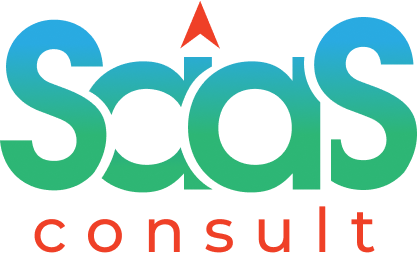Product-market fit is the holy grail for Software-as-a-Service (SaaS) companies. It signifies the sweet spot where a SaaS product perfectly meets the needs of a specific target market. However, achieving product-market fit requires a well-crafted Go-to-Market (GTM) strategy that aligns customer needs with the product offering. This comprehensive guide explores essential GTM strategies to attain and sustain product-market fit in the competitive SaaS landscape.
1. Understanding the Target Market:
Before embarking on a GTM journey, it is vital to thoroughly understand the target market. Conduct market research, analyze customer pain points, and identify their preferences. Utilize data-driven insights to build buyer personas, which will serve as a foundation for developing an effective GTM strategy that resonates with the right audience.
2. Validating the Problem-Solution Fit:
Validate the problem-solution fit early in the product development stage. Engage in customer discovery interviews, conduct surveys, and gather feedback to ensure that the product addresses a real and urgent need in the market. Addressing the right pain points is the first step towards attaining product-market fit.
3. Refining the Value Proposition:
Craft a clear and compelling value proposition that articulates the unique benefits of your SaaS product. The value proposition should resonate with the target audience and clearly communicate how your product solves their challenges. Continuously refine the value proposition based on customer feedback and market dynamics.
4. Adopting an Iterative GTM Approach:
GTM for product-market fit is an iterative process. Adopt an agile approach that allows you to test and iterate various strategies. Monitor key performance indicators (KPIs) closely and use the data to refine your GTM efforts. Agility enables you to adapt quickly to market changes and customer demands.
5. Leveraging Early Adopters:
Early adopters are instrumental in validating product-market fit. Identify and engage with innovators and early adopters who are open to trying new solutions. Their feedback will help you fine-tune your product and GTM strategy, laying the groundwork for broader market acceptance.
6. Focus on User Onboarding and Activation:
A critical aspect of achieving product-market fit is ensuring smooth user onboarding and activation. Simplify the onboarding process and provide intuitive user guides. Encourage users to experience the product’s value quickly to boost retention and build a loyal customer base.
7. Pricing and Packaging Strategy:
Develop a pricing and packaging strategy that aligns with the perceived value of your SaaS product. Offer tiered pricing options that cater to different customer segments. Test different pricing models to determine the most effective approach that resonates with the market.
8. Establishing Thought Leadership:
Thought leadership plays a pivotal role in establishing credibility and trust. Create valuable content through blog posts, whitepapers, webinars, and industry insights that position your brand as an authority in the domain. Thought leadership strengthens your GTM strategy and attracts a loyal customer base.
9. Building Strategic Partnerships:
Collaborate with strategic partners to accelerate your GTM efforts and expand your reach. Partner with complementary SaaS providers, agencies, or influencers to tap into their customer base. Strategic partnerships can provide access to new markets and foster product adoption.
10. Continuously Monitor and Adapt:
GTM for product-market fit is an ongoing process. Continuously monitor customer feedback, market trends, and competitive landscape to adapt and refine your strategy. Stay agile and be open to making strategic pivots when necessary to stay ahead of the competition.
Achieving product-market fit is a critical milestone for SaaS companies seeking sustainable growth and success. A well-crafted Go-to-Market (GTM) strategy that aligns customer needs with the product offering is fundamental in attaining and sustaining product-market fit.
Understanding the target market, validating the problem-solution fit, and refining the value proposition are essential steps in the GTM journey. Leveraging early adopters, focusing on user onboarding, and establishing thought leadership further enhance the path to product-market fit.
Strategic partnerships, a customer-centric approach, and continuous monitoring and adaptation are vital in maintaining product-market fit in the ever-evolving SaaS landscape . By relentlessly aligning your GTM strategy with customer needs, your SaaS product can achieve the coveted product-market fit and flourish in a competitive market.

